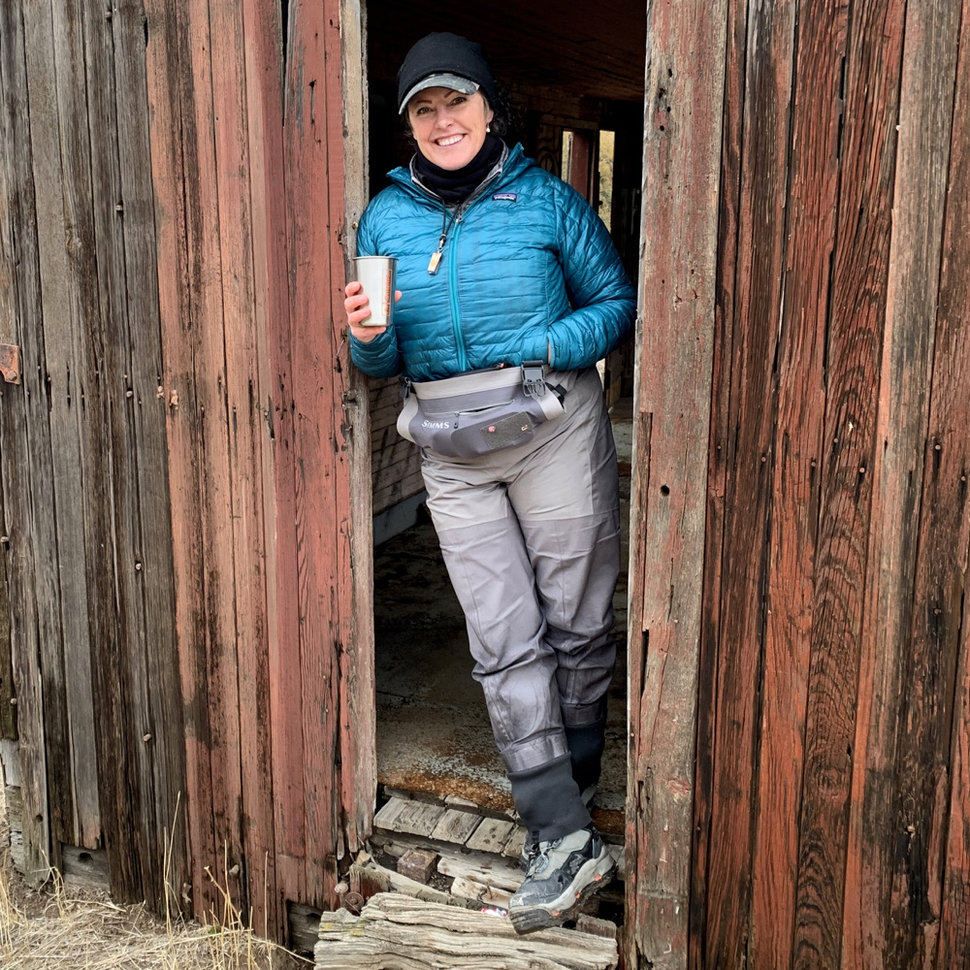An Introductory Guide to Spey Casting

In the weeks to follow, I will be sharing a few common questions I regularly receive from those just stepping into the wide world of the two-handed rod and a few inquiries from seasoned anglers. I hope my answers help you better understand Spey casting. Remember, we are all learning. When we cease to learn, we cease to grow.
Q- Is Scandi or Skagit for me? I’m bewildered about all this terminology! What’s a breakdown I can cut and paste to help me remember the difference here and when to use what!?
A- Scandi (short for Scandinavian) lines are commonly used in warmer months or when water temps are consistently 52 degrees or higher. Generally, Scandi lines float and do not need a weighted tip, nor a heavy fly, to arouse a strike. These lines are then paired with a 12’-15’ tapered Salmon/Steelhead monofilament or Poly Leader. We then add a long tippet section to the leader of 8-12lb Maxima or Trouthunter Fluorocarbon. Often the overall length of the leader is one and a half times the length of the rod itself.
Skagit Lines are also coated to float but designed to add various tungsten (the “T” designation, such as T-8 or T-11) weighted tips that sink at different rates per second. This paring allows us to fish the Skagit line down deeper to where the fish are rather than subsurface with a Scandi. In colder weather, fish are not as active, so a weighted tip set up must be selected, and the leader with only 3 feet in length made of 12lb. Maxima and often a larger profiled and/or heavier fly. Skagit lines are often the choice for mid-summer day steelhead fishing when the sun is high in the clear sky; I would instead take a nap at this hour!
Q- What is the difference between a switch rod vs. a Spey rod? Do you cast them the same?
A- Technically, they are both “two-handed” rods. A Spey is 12’6” or longer, where a Switch is less than 12’6”. Yes, both rods are cast in the same format, but your stroke will change because of the difference in length of the line chosen for the rod.
“Progress means getting nearer to the place you want to be. And if you have taken a wrong turn, then to go forward does not get you any nearer.
If you are on the wrong road, progress means doing an about-turn and walking back to the right road; and in that case, the one who turns back soonest is the most progressive person.”
C.S. Lewis
Q- The last thing I want is to be practicing my casting while I’m trying to focus on fishing correctly! What are a few things we will cover in our lesson time that will help me fish more efficiently?
A- The finest mentors I have in the fishing world always remind me to “practice casting SEPARATE from when I’m fishing.” Our minds can only process so much, and to absorb any technique so that it sticks, we can not overwhelm new muscle memory. Spey Lessons take place on the water, so please be prepared to be in waders at the start of your lesson time or before. If you have your own equipment, I always suggest you warm up by yourself for 10-15 minutes, if possible, as this will help you get dialed in for
your lesson time.
All lessons cover how you implement each cast and when it’s best to use that cast selection. We must have at least one upstream and one downstream anchor cast to be ready to fish—obsession with where your anchor placement is at all times, absolutely critical. We will discuss proper line control/speed/how to step down in various configurations just as you are fishing.




